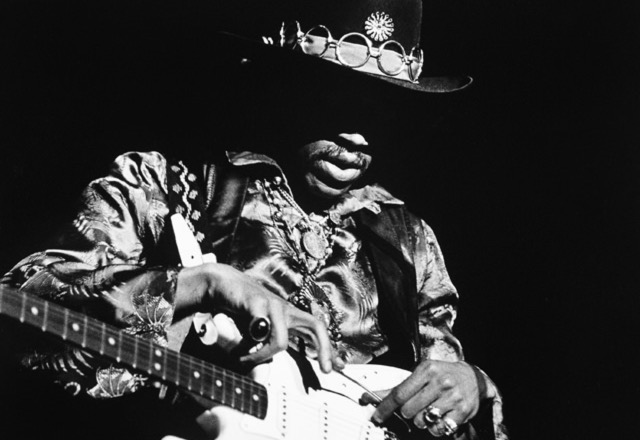This lesson follows on from the approach we looked at in Blues Soloing Tricks: How to Blend Major and Minor Sounds, so be sure to check that one out if you haven’t already as it contains the building blocks for where we’re headed next. The 4 is an interesting interval in a blues, yet a lot of teachers will tell you to almost avoid it altogether, use it as a passing tone, and not to stay on it for any length of time. They’re right to a certain extent but I think if you approach it with this kind of thinking, you’re never going to sound convincing.
Powers of 4
To me the 4 has always implied movement in much the same way as a critical part of an engine that you never really see but is fundamental in moving the vehicle does. While it is true that you probably don’t want to hang on the 4 too much when you’re soloing, it’s better to see it as a bridge to other notes or a call for movement, rather than thinking, ‘got to get off this shitty four quick’.
In the previous lesson, we practiced blending major and minor sounds using this set of notes:

This is a great set of notes to practice with because it’s not a scale, so it forces you to be melodic, do more with less, and be bluesy into the bargain. The above notes are all great notes to land on but if we add in that 4 and start creating licks, you should immediately see how it helps you create movement in your improvisations, like some kind of melodic roundabout as you can see below:

Remember to incorporate all the techniques you know such as bending, slides, hammer-ons and pull-offs etc., as this will help bring out that bluesy vibe.
Here are the same set of notes further up the fretboard, based on the next major/minor triad.

Because of the different arrangement of notes, it forces you to come up with different lines and ideas.
And here’s the next set of notes further up the fretboard (also found at the second fret) for you to come up with yet more licks and runs of your own. I use the phrase ‘of your own’ on the loosest sense of the word because you’ll find that you stumble across all the classic blues licks in the same way that previous generations did when noodling with these notes.

The notes fall nicely in this pattern, so you should have no trouble coming up with bluesy-sounding licks and runs. We’ve covered a lot of ground and we haven’t even mentioned the so-called ‘blue note’ yet!
Learn more:
Blues Soloing Tricks: How to Blend Major and Minor Sounds (Part 1)
Blues Soloing Tricks: Instant Clapton
Blues Soloing Tricks: The Blue Note (Part 3)



